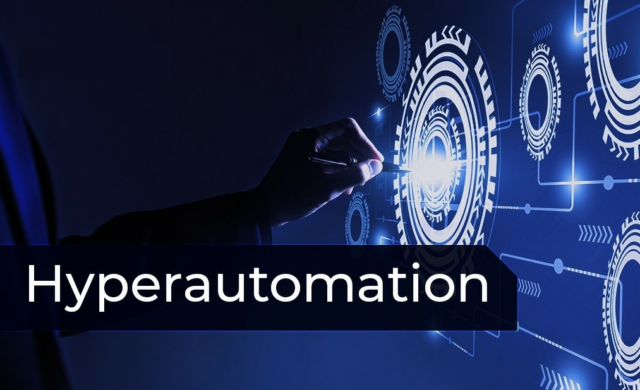In today’s fast-paced digital world, customer experience has become critical for businesses seeking to thrive and differentiate themselves in highly competitive markets. The advent of hyper-automation has opened up new avenues for organisations to deliver exceptional customer experiences by streamlining processes, enhancing efficiency, and personalising interactions.
This article will explore the concept of hyperautomation and its potential for transforming the customer experience.
Understanding Hyperautomation
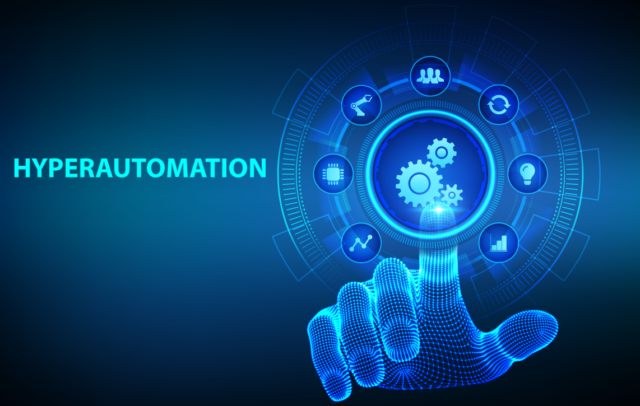
It refers to the integration of artificial intelligence (AI), machine learning (ML), robotic process automation (RPA), and other advanced technologies to automate and optimise complex business processes. It goes beyond traditional automation by augmenting human capabilities and leveraging intelligent algorithms to analyse data, make decisions, and execute tasks with minimal human intervention.
Seamless and Personalised Customer Interactions
One of the critical advantages of business process management hyperautomation is its ability to provide seamless and personalised customer interactions across multiple channels. Organisations can offer round-the-clock support, instant responses, and tailored recommendations by integrating customer relationship management (CRM) systems, chatbots, and natural language processing (NLP) technologies.
For instance, automation can enable retail businesses to leverage customer data, such as purchase history and browsing behaviour, to deliver personalised product recommendations via chatbots or email campaigns. This level of customisation enhances the overall customer experience and increases the likelihood of customer loyalty and repeat purchases.
Efficient and Agile Processes
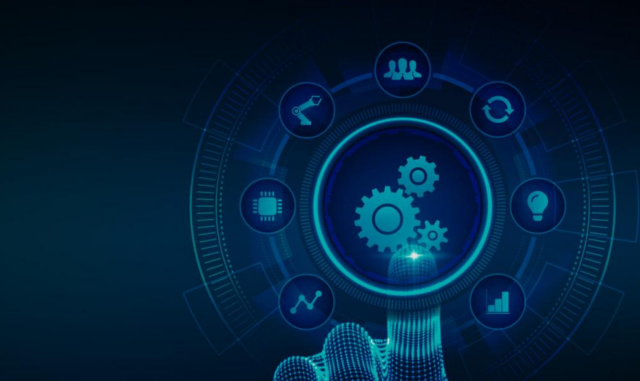
Hyperautomating optimises internal processes and workflows, increasing operational efficiency and agility. By automating mundane tasks, employees can focus on higher-value activities that require human expertise, such as problem-solving, innovation, and relationship-building.
Furthermore, automation allows businesses to gather and analyse vast data in real time. This data-driven approach enables organisations to gain valuable insights into customer preferences, trends, and market demands.
As the automation landscape evolves, businesses must stay agile, embrace new technologies, and adapt their strategies accordingly. By investing in this automation and enhancing the customer experience, organisations can build stronger customer relationships, foster loyalty, and achieve sustainable success in today’s dynamic business environment.
Enhanced Customer Service and Support
This automation can revolutionise customer service and support by providing faster response times, improved issue resolution, and proactive assistance. By integrating AI-powered chatbots and virtual assistants, organisations can offer 24/7 customer support, handling routine inquiries and directing complex issues to human agents when necessary.
Moreover, automation enables businesses to implement sentiment analysis algorithms to understand customer feedback and sentiment in real-time.
Streamlined Sales and Marketing Processes
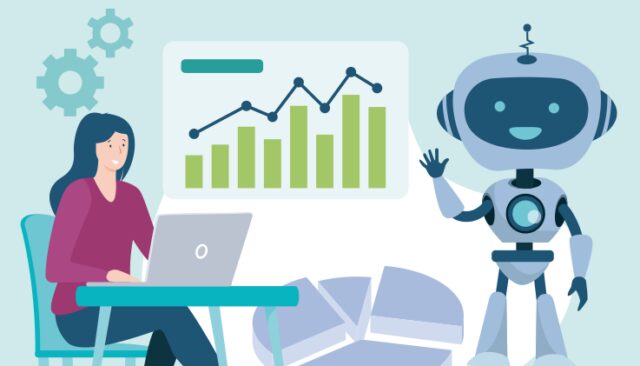
It has the potential to streamline sales and marketing processes, enabling organisations to deliver targeted campaigns, increase conversion rates, and optimise revenue generation. By leveraging AI and ML algorithms, businesses can analyse customer behaviour, segment audiences, and personalise marketing messages based on individual preferences and needs.
Automated lead scoring and nurturing can help sales teams prioritise leads and focus on the most promising opportunities. This targeted approach saves time and improves the overall efficiency and effectiveness of sales processes.
Predictive Analytics
Utilising hyperautomation harnesses the power of predictive analytics to anticipate customer requirements, detect possible challenges, and enhance resource allocation. Through analysing past data, organisations can create predictive models that forecast customer behaviours, demand trends, and market dynamics, enabling them to make proactive decisions and optimise their operations.
This predictive capability allows organisations to proactively address customer concerns and deliver personalised experiences. For instance, using predictive analytics, an e-commerce platform can recommend relevant products to customers based on browsing history and past purchases. This personalised approach enhances the customer experience, increases customer satisfaction, and boosts sales conversion rates.
Key Components of Hyperautomation
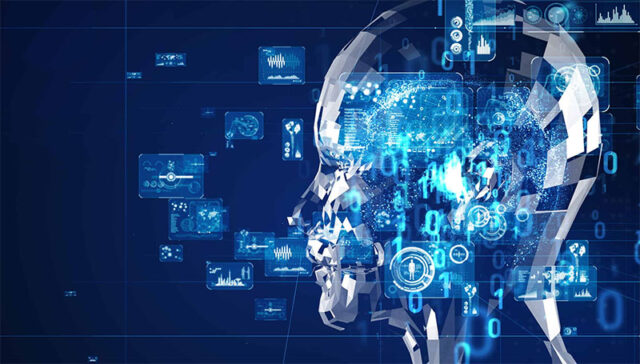
- Robotic Process Automation (RPA): RPA is a software technology that enables the automation of repetitive and rule-based tasks performed by humans. RPA bots can mimic human actions and interact with different applications and systems, streamlining processes and reducing manual effort.
- Artificial Intelligence (AI) and Machine Learning (ML): AI and ML algorithms play a crucial role in hyperautomation. They enable intelligent decision-making, cognitive capabilities, and data analysis. AI-powered technologies such as natural language processing (NLP) and computer vision can be integrated to enhance automation capabilities.
- Intelligent Business Process Management (iBPM): iBPM tools provide a platform to model, execute, monitor, and optimize business processes. They enable the orchestration of automated tasks, integration with various systems, and workflow management, ensuring smooth process execution.
- Process Mining and Discovery: Process mining involves analyzing event logs to gain insights into existing business processes. It helps identify bottlenecks, inefficiencies, and opportunities for automation. Process discovery techniques assist in understanding and visualizing current workflows for effective automation implementation.
- Advanced Analytics: Hyperautomation leverages advanced analytics techniques such as predictive analytics, prescriptive analytics, and data visualization to derive actionable insights from data. These insights drive process improvements, identify automation opportunities, and enable data-driven decision-making.
- Chatbots and Virtual Assistants: Chatbots and virtual assistants are conversational AI technologies that can automate customer interactions and provide self-service options. They can handle customer queries, provide personalized recommendations, and assist in completing tasks, enhancing the customer experience.
- Internet of Things (IoT): IoT devices can collect and transmit real-time data from physical assets and environments. Hyperautomation leverages this data to automate processes, monitor performance, and enable predictive maintenance.
- Low-Code/No-Code Development Platforms: Low-code/no-code platforms enable the rapid development of applications and workflows with minimal coding. These platforms empower business users to create automation solutions without extensive programming knowledge, accelerating the implementation of hyperautomation.
- Cloud Computing and Infrastructure: Cloud-based services provide scalability, flexibility, and cost-efficiency for hyperautomation deployments. Cloud infrastructure facilitates the storage, processing, and integration of data across various systems and enables seamless access to automation tools.
- Security and Governance: As hyperautomation involves handling sensitive data and automating critical processes, robust security measures and governance frameworks are essential. Security components, including encryption, access controls, and identity management, ensure data protection and compliance with regulations.
Summing Up
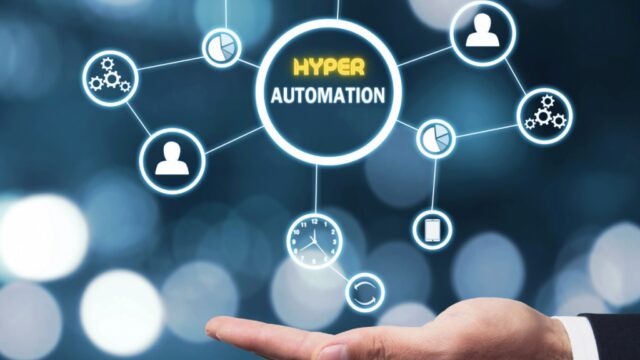
In an era where customer experience has become a critical competitive differentiator, automation presents an immense opportunity for businesses to enhance customer interactions, streamline processes, and drive growth. By leveraging the power of AI, ML, and automation in conjunction with a CDP, organisations can deliver seamless and personalised experiences, improve operational efficiency, and provide proactive customer service and support.

